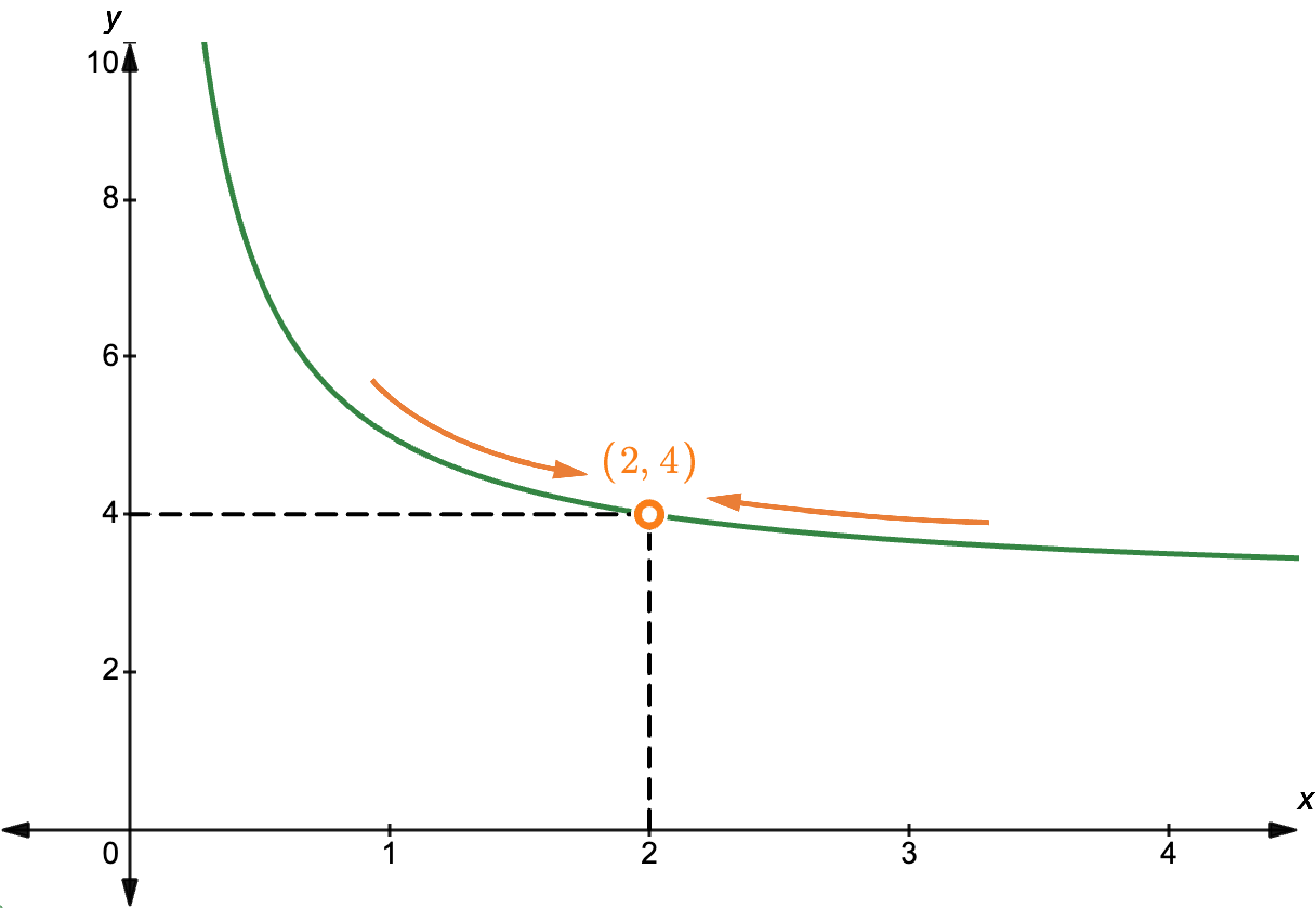Hi, I’m Martin Lindsay from the Study and Learning Centre at RMIT University. This is another movie on differentiation. This time we’re focusing on limits.
The limit of a function by definition describes the behaviour of this function in the vicinity of a particular value of the variable, which is usually x. Let’s look at the function x2 plus one, and investigate the limit of this function as it approaches x equals one. Let’s first sketch the function fx equals x2 plus one. As you can see, it’s a parabler, y equals x2, which has been shifted up the y axis one unit. Point of interest here is the point at x equals one and y equals two, and we will refer back to this slide a little later.
What we do first of all is to find values of x as it approaches one from below. In other words, we’re moving from the left-hand side of the graph up to the value of x equals one. Go back to the previous slide. If we do that as x approaches one from the left or below the values of the function will approach two. In other words, as x approaches one from below, x2 plus one approaches two.
Now let’s investigate what happens to x as it approaches one from above. In other words, we’re moving from the right of the graph to the value of x equals one. Go back to the slide again to see the red arrows indicating this. When we plug in our values of x as they approach one from the right or above, the values of fx approach as you can see, two. So as x approaches one from above, x2 plus one approaches two.
So in both cases, below one and above one, as x approaches one the value of x2 plus one approaches two. So we say more formally that the limit of x2 plus one as x approaches one is equal to two.
Now let’s investigate the limit of a more complicated function. Here the function fx is equal to x2minus one divided by x minus one, again as it approaches x equals one. Let’s investigate this function more closely. Notice that if we let x equals one, the denominator of this function will be zero. In other words, it’s not defined at x equals one. We say it is not continuous at x equals one. If we restrict our function to all values except for x is equal to one, we can now progress and factorise this function, x2 minus x becomes x brackets x minus one. Notice that we can cancel terms top and bottom. In other words, the function fx is equal to x.
So sketching the function fx equals x as you would expect, we have a straight line for all values except for x equals one, and this is the point at which we will be investigating the limit. In other words, f of one does not exist, but as x approaches one, the value of f of x approaches one as well. So more formally since f of x if equal to x, then the limit of x2 minus x over x minus one as x approaches one is equal to one.
Now try some questions for yourself. The answers to these questions are on the next slide. Thanks for watching this short movie.



